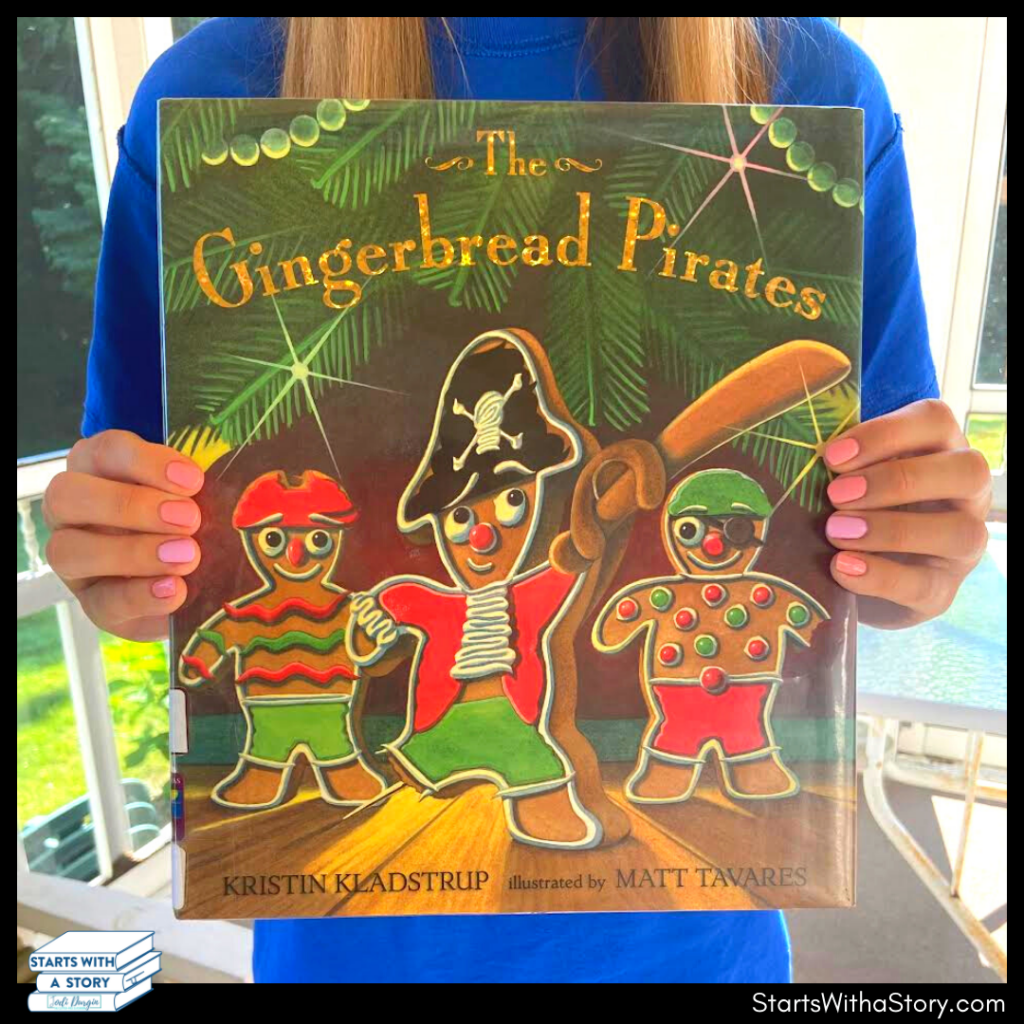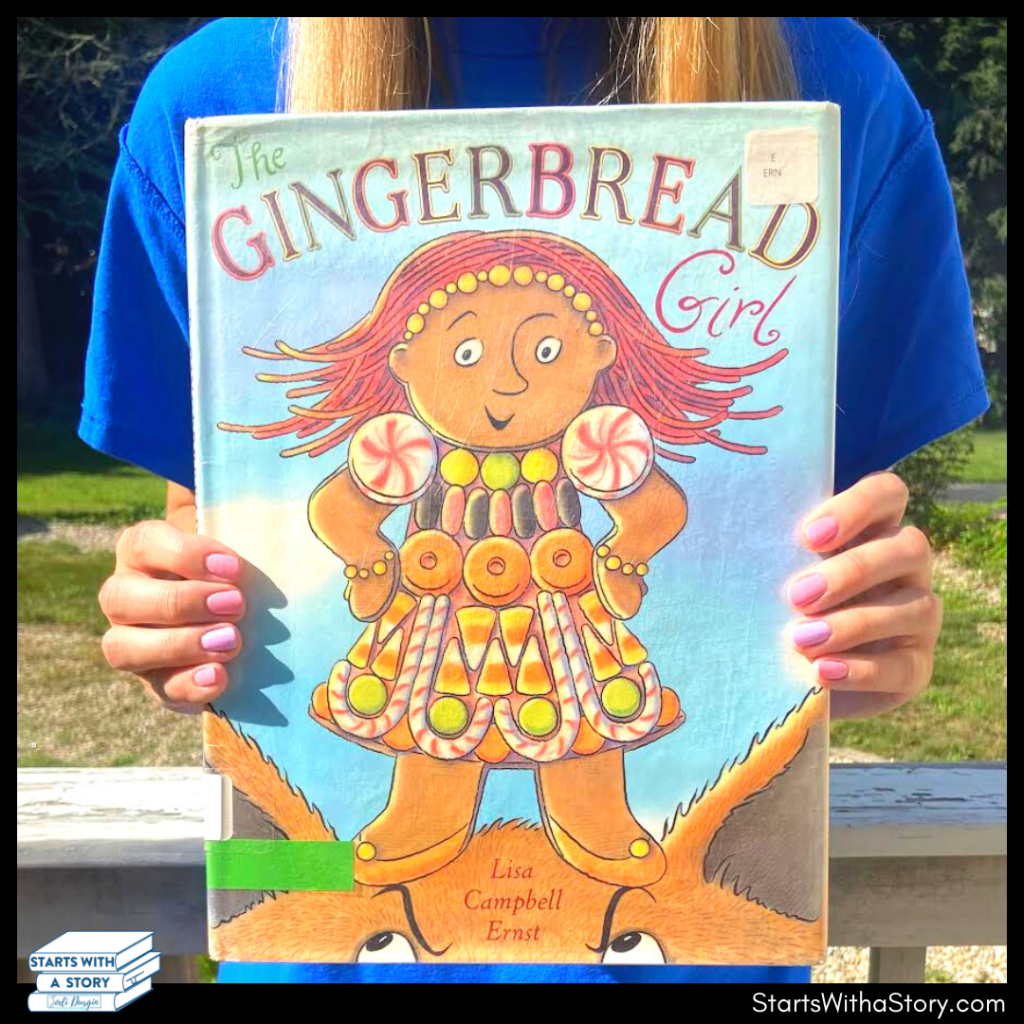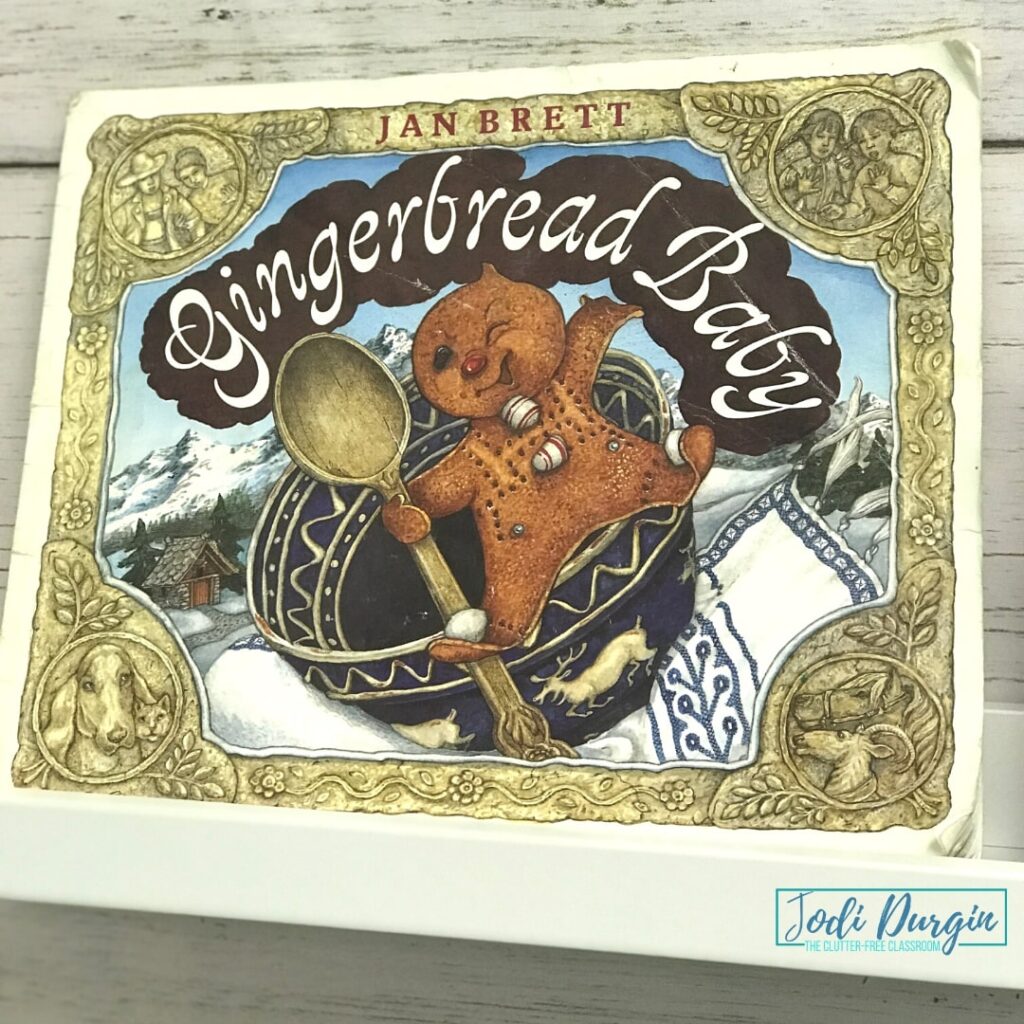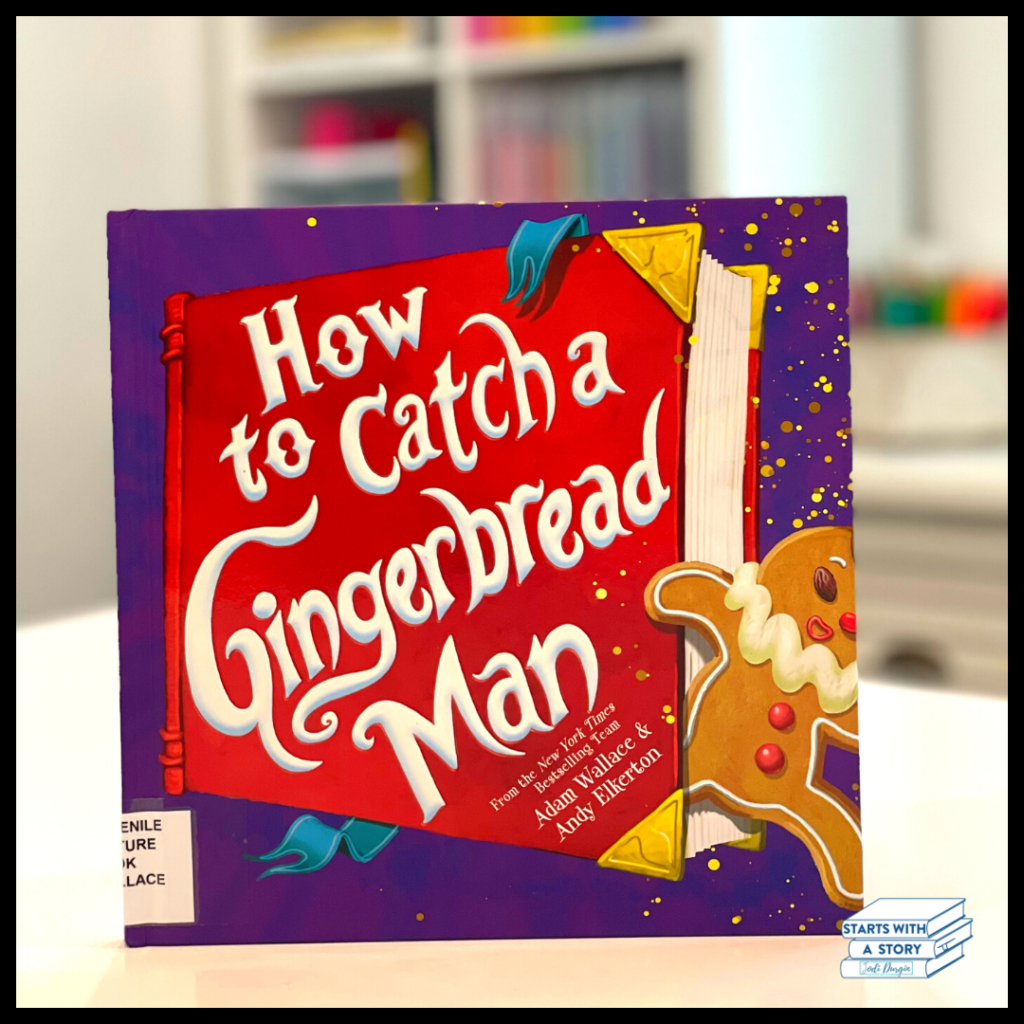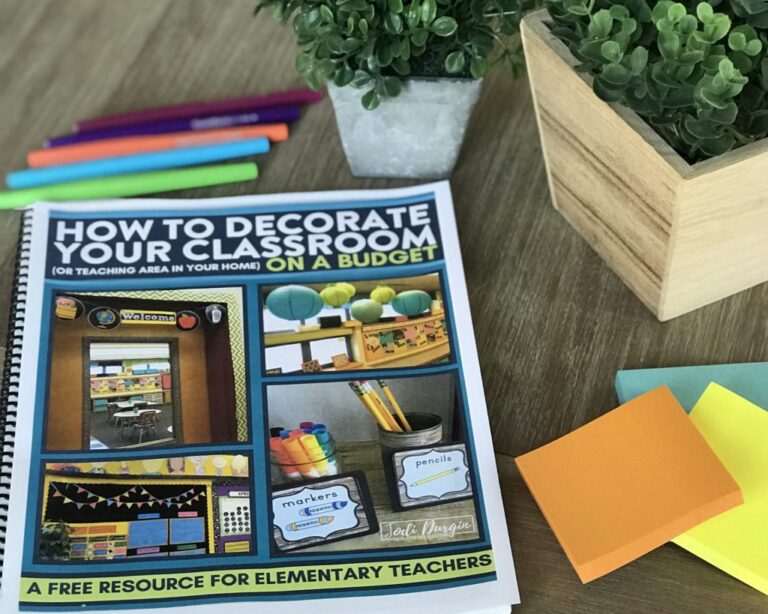The month of December is a tricky one in the classroom. The students often have “sugarplums dancing in their heads” and their excitement for the upcoming holidays creates lots of energy. Because the December holidays are a religious event for many, it is not uncommon for some families, or even an entire school district, to request that specific holidays not be mentioned in the classroom. The solution: Comparing gingerbread stories!
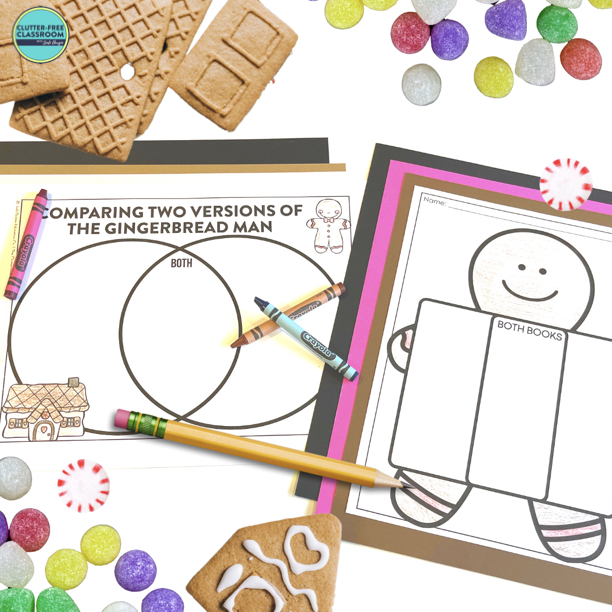
The perfect solution for channeling all that energy in a positive and effective way without mentioning any one holiday is to compare and contrast Gingerbread Man stories!
Gingerbread is fun. It’s festive. It makes the kids excited and keeps them engaged. But, it isn’t officially a holiday topic. Best of all, gingerbread man activities will have your students working productively on important reading and writing skills.

First, start by gathering a collection of picture books that include a variety of different versions of The Gingerbread Man. We have created a list of different stories based on The Gingerbread Man Books for you. We also have several gingerbread book companion activity packets if you want to dive deeper into the different stories.
When I did this gingerbread unit in my own third grade classroom, I always began with a gingerbread scavenger hunt. This was inspired by the Gingerbread Man running away in each story. I brought in a box labeled with “Gingerbread Books”. In the morning when my students arrived, I shared the exciting new with them. I said I was very excited because I had many new books in the box to share with them. I asked 2 students to move the box to a table in our room. This allowed them to see how heavy the box is. Later I confirmed that the box was not empty.


Later that day, I would open the box to share the books with them only to find a note inside. It read, “I’m going to read and read just as fast as I can. I took all of your books. I’m the Gingerbread Man!”. I also included a clue telling the students where to look first.
You can skip this step altogether or you can vary it to best fit your school and class. If you choose to do a scavenger hunt, you may want to have the students simply collect notes and clues along the way and find all the books at the end of the hunt. Another option is to have each clue lead to another book with the next clue inside.
One year, instead of having the clues lead them around the building to find the books, the clue told them about a mystery/guest reader. This mystery reader would be coming to the classroom with the book. The principal was our first guest. When he finished, he “found” another note at the end of the book. The note had others clues about another guest reader. Each guest reader left the book behind and set the stage for a really fun unit.
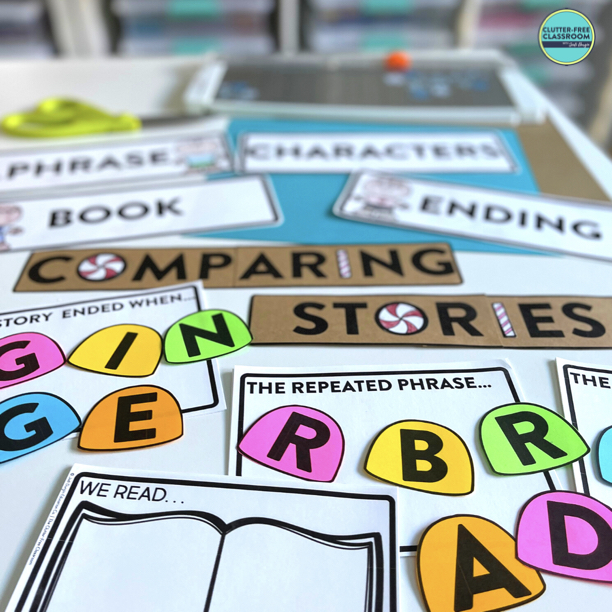
I like to have students work with partners or in small groups to create a classroom display for comparing the gingerbread stories. To do so, I prepare a chart that has the following headers going across the top row: book, character, phrase, ending. Each group takes responsibility for a different version of the story. They read (or reread if they’ve heard it before) the text and then create four visuals (one for each of the headers) using the printables included in this packet. Alternatively, you may want to print an image of the book cover and use it in the first column instead of having the students draw it.
Then simply have them complete the pages that show the characters, the repeated phrase used throughout the book and the ending. Since these will be displayed, encourage them to make these bold and bright and to use lots of labeled pictures. Have each group present their work to the class and add their pages to the display in a row under the headers. This chart makes a great resource as they begin to write their own version of the story.
*TIP: You can create a smaller version of the class chart by printing 2 or 4 copies per page so they print at a reduced size. You can achieve the same outcome using most photocopiers.
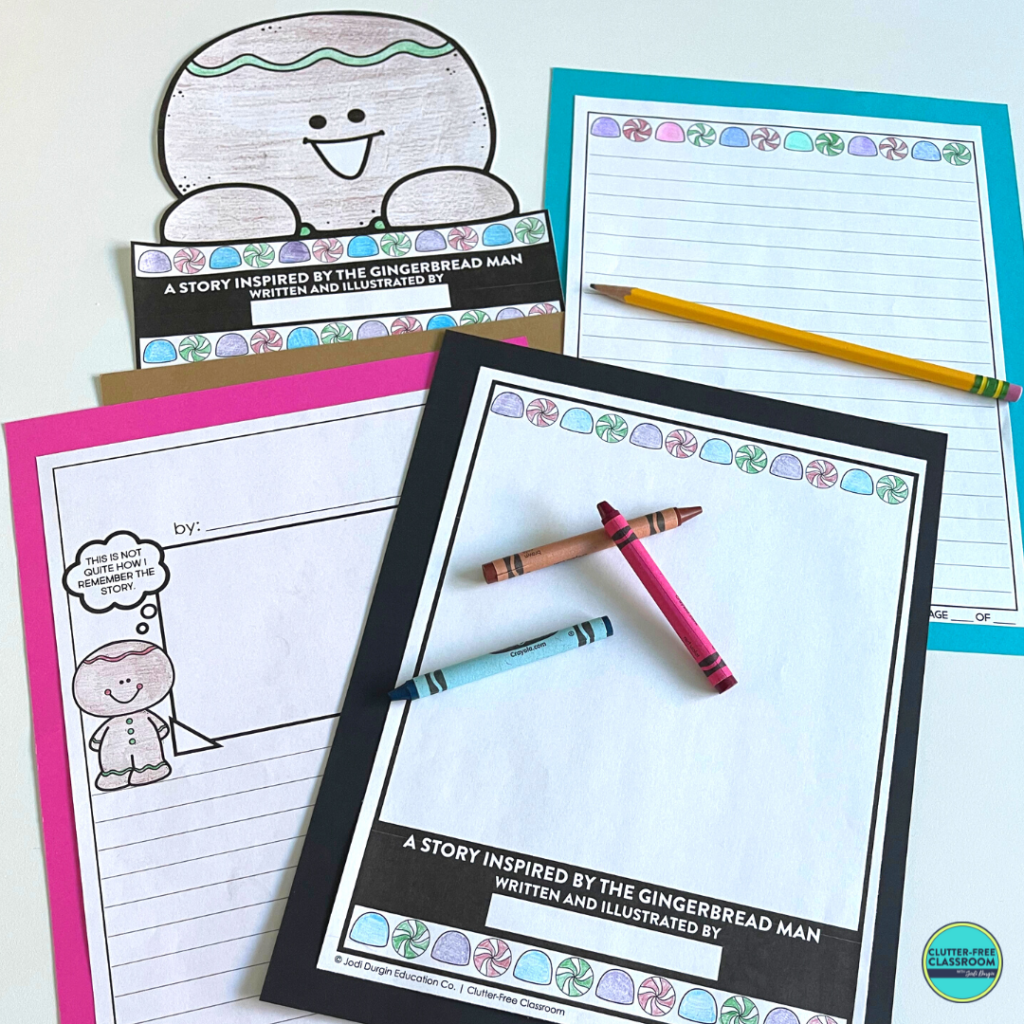
This is one of my favorite projects each year! It really helps to keep the students focused before the winter break. As you know, this is a time that is often otherwise chaotic. And let’s be honest… It’s not the most educational week of the school year. The completed projected also makes really lovely keepsakes for their families.
Begin by providing each student with an idea brainstorming page. This will help them organize all the ideas that pop into their mind as they start to compose their own version of the story.
If you are looking for some examples, a few of my former students created main characters named The Pizza Princess, Bagel Boy, Plantain Mon, Miss Muffin, Sir Crumpet and Mademoiselle Croissant.
I like to have them complete this organizer on a Friday afternoon so that they have the weekend to think about the character and the story a bit more.

You may find it helpful to brainstorm as a class all of the different things that can be baked in an oven to get them started with their thinking.
Next, they complete a story planner page. This will be their framework for composing their piece. Be sure to review the planners with the students before they move on to drafting the stories. These will be a valuable tool to guide them through writing an organized and thoughtful story.

Once the planner is completed and has been reviewed, the children begin their draft. This packet includes “criteria for success.” You can use it before, during, and after writing as a rubric.
Not only will this criteria checklist make it easy for you to assess their work, but it will also serve as another valuable resource to help guide them as they draft a quality writing sample.
Read through the rubric with the students and clarify each of the expectations before they begin writing.
The draft paper included in the packet was designed so the students write on the lines without the Xs. This will provide you with plenty of space for edits and revising.
When a student completes a draft I have them set it aside until the next day. I think it is important for them to look at it “with fresh eyes” before making any changes. I first have them reread it to themselves and add any editing marks they feel are necessary. Next, I have them read it aloud to one or more peers. The peers do not make any editing marks, but simply offer some initial feedback on how the story flows.
Next, the students conference with an adult. At this time, their work is edited and prepared for the final copy stage. Using the criteria checklist with the students as you conference will make it easy to assess their work. The grading is done at the end of the meeting. This means you will not have a stack of stories to correct at home. This also provides them with immediate and effective feedback, which helps them grow as writers so much more than if you were to grade them without the student present.
Finally, the students take the edited draft and use the final copy paper to write and illustrate their very own story.
They design a cover and the final book is assembled. After sharing their story with the class. they each have an adorable book to take home with them. It’s the perfect keepsake!


In closing, I hope you find this resource for comparing gingerbread stories helpful! My students absolutely loved it and I feel confident yours will too!

